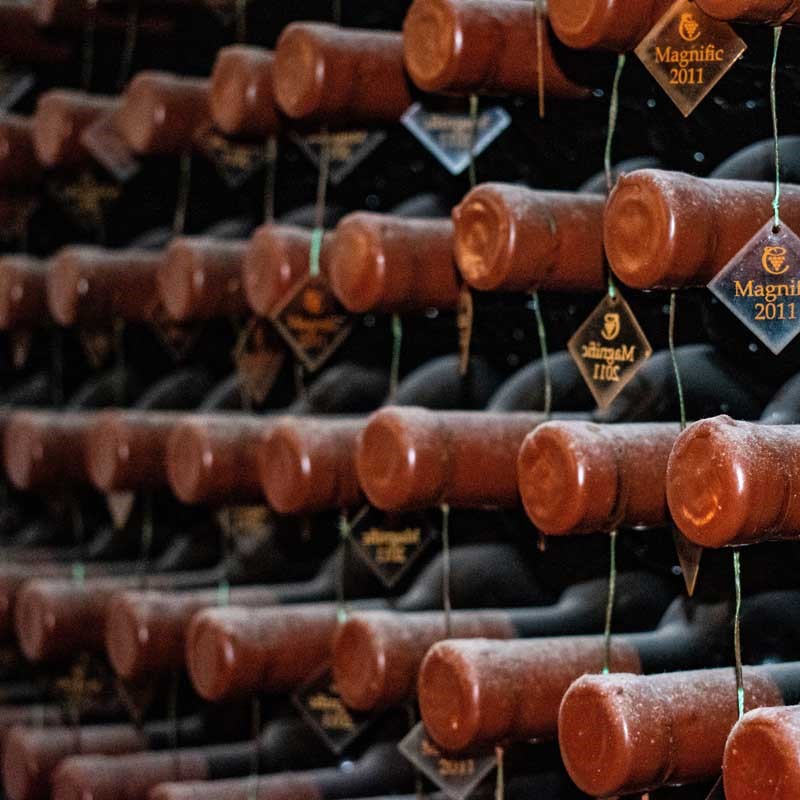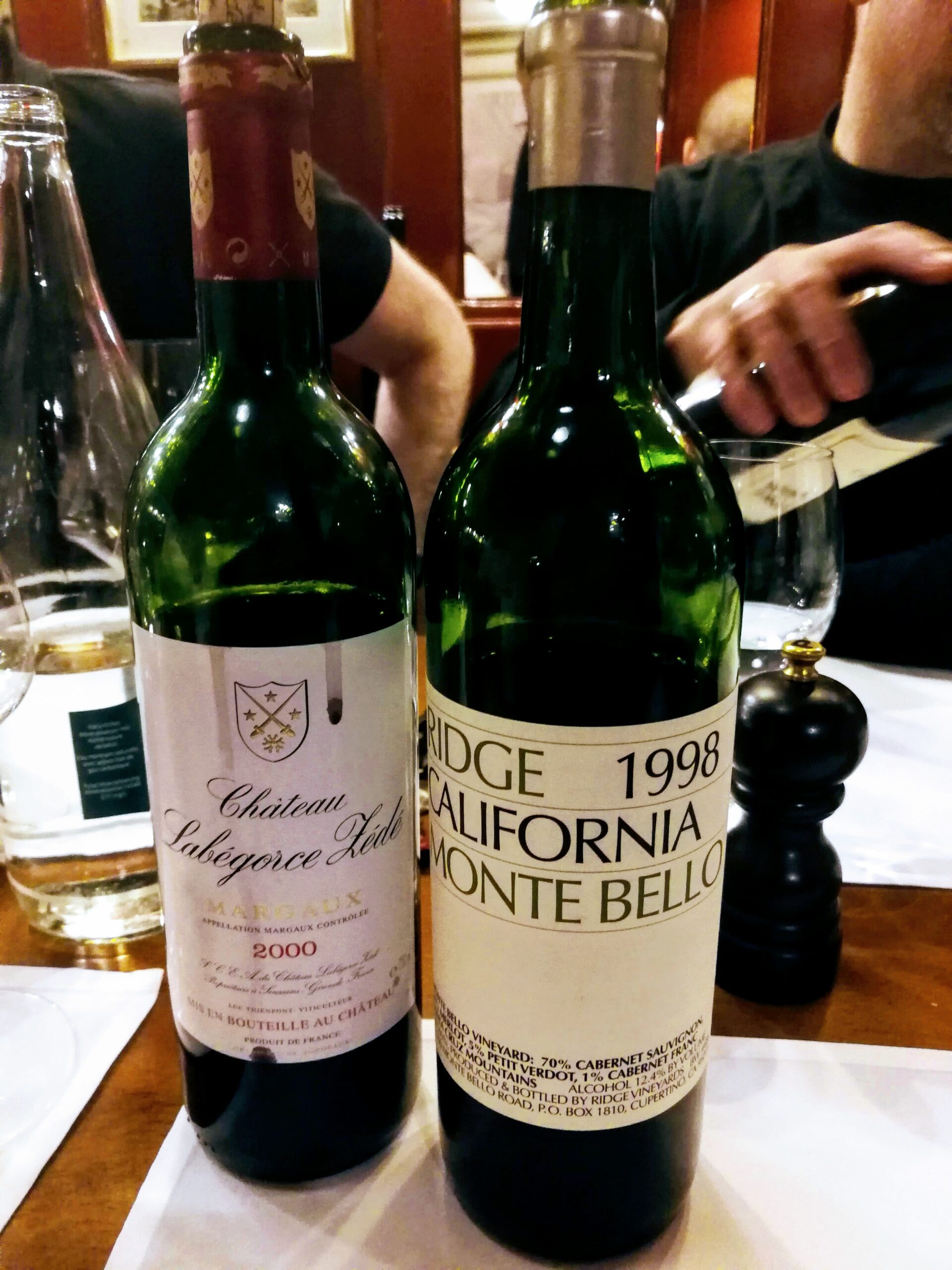Wine has four natural enemies: sunlight, heat, strong temperature fluctuations, and oxygen. All of these factors destroy the fine aromas and balance of the wine. Therefore, care must be taken during storage to ensure that these elements have as little influence as possible.
But the wine itself also has certain ingredients that make it durable. The higher the content of these substances, the longer the wine can be stored and the higher its aging potential. These shelf-life factors reflect the traditional preservation methods for food: sugaring (e.g. for jam), acidifying (e.g. for pickles), salting (e.g. for ham), smoking (e.g. for fish), and sulphurising (e.g. for dried fruit).
One of the most important factors for the shelf life of a wine is its extract – technically expressed the must weight (i.e. the sum of all dissolved substances in the grape must). The easiest way to influence the extract is by limiting the yield: The fewer grapes hanging on the vine, the higher the extract of the individual berry and the more full-bodied, high-quality, and storable the wine. With increasing ripeness, the must weight increases, as more and more extract substances form in the grapes.
Sugar and acid are natural components of wine, as are salts in the form of minerals. Wines that are aged in wooden barrels are preserved by the antibacterial effect of the smoke (when the barrel is flamed out, so-called toasting) and by the wood tannins. Red wines have an additional natural preservation factor through the tannins from the grape skins and seeds.
In addition to these “internal” factors, sulfur (which occurs in wine in the form of sulfites, the salts of sulfurous acid) is a very effective “external” preservative, as it binds oxygen, deprives microorganisms such as bacteria of their basis of life and inhibits the action of enzymes. Sulfur is added to the wine after fermentation and again before bottling, subject to legally defined maximum quantities.




Leave A Comment